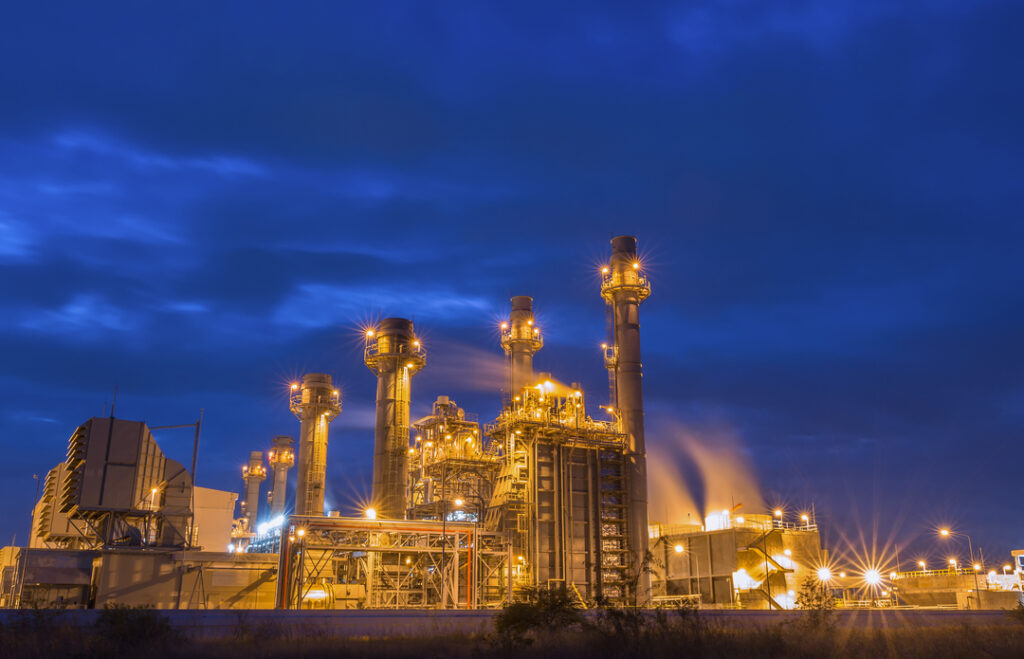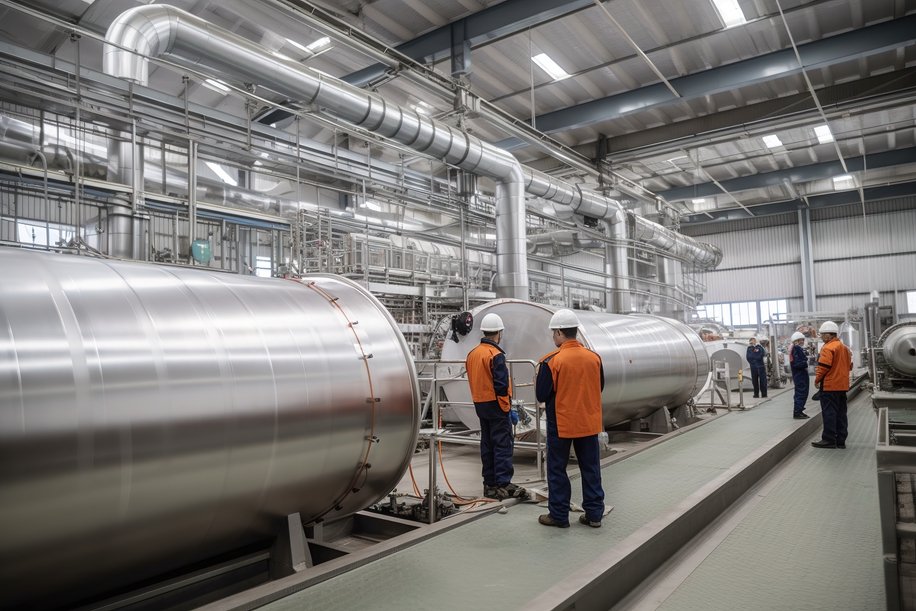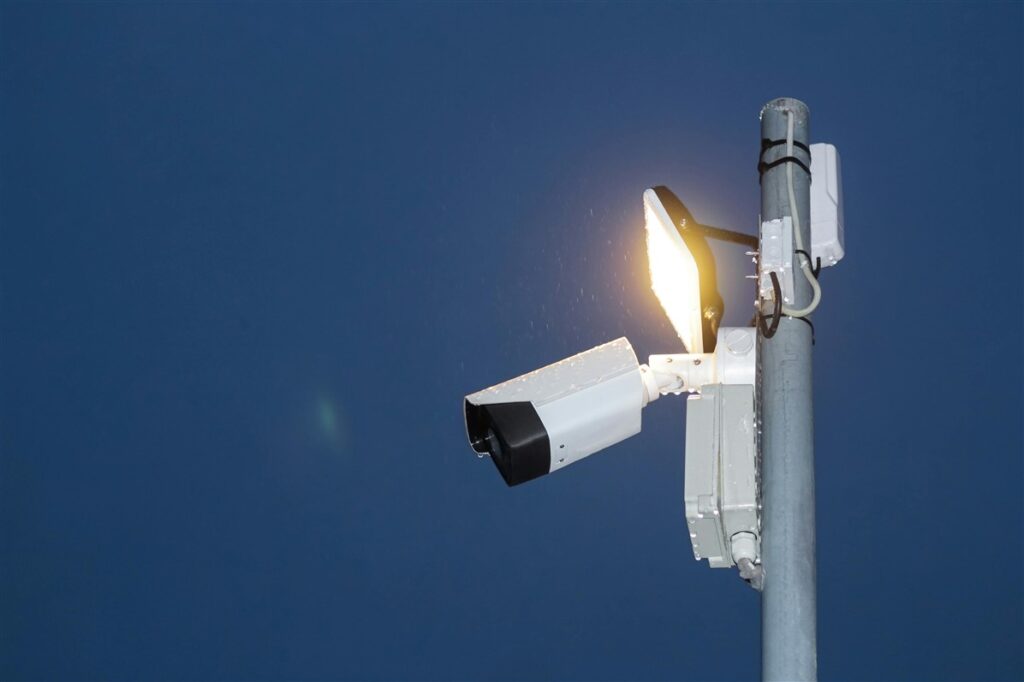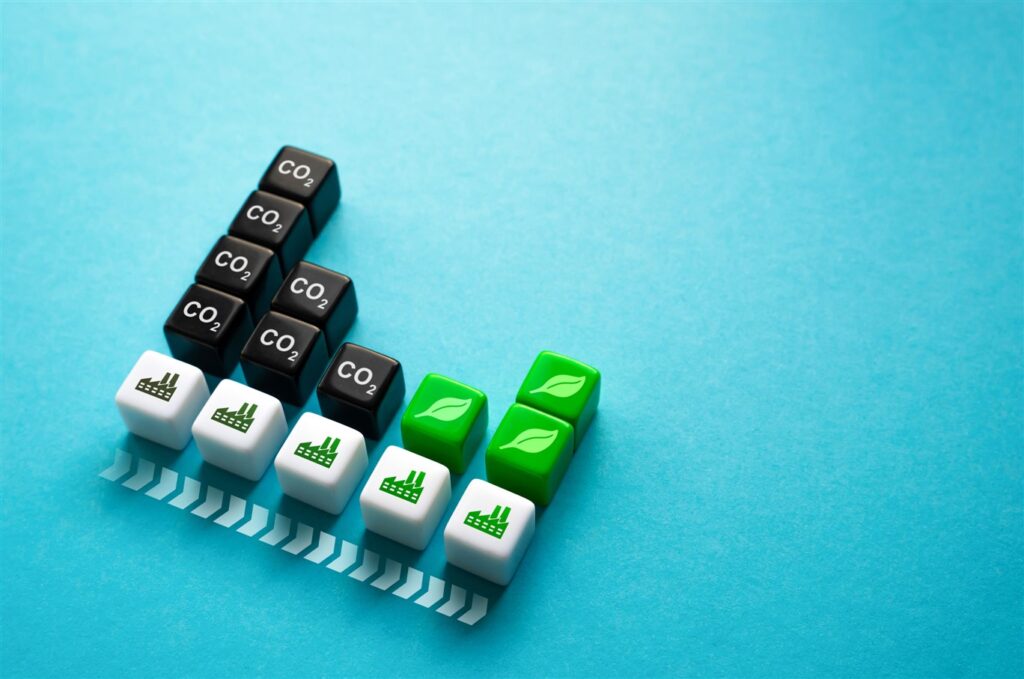Why machine risk assessments are business critical
While health and safety should be a priority for all commercial businesses, the manufacturing industry has additional considerations. Plant machinery and electrical equipment must be installed and operated safely.
If a machine is modified, reconfigured, or interlinked on a production line, this can affect the integrity. And it’s the company operating the machine that is responsible for ensuring it complies with CE markings.
In this article, we discuss the role of a machine risk assessment in ensuring your manufacturing machinery is fit for purpose and safe to use.
Machine risk assessment in the digital age: why bother?
Manufacturing methods and the production process have changed significantly in recent decades, with technology such as AI and robotics advancing the sector at a rate that's difficult to keep up with.
But while some technology removes the need for multiple people working on the line, each piece of machinery used in production still requires human interaction. And wherever people interact with machinery, there will be a potential risk.
The government has strict policies for machine health and safety, which businesses must meet to stay operational. Risk assessment is just one of many government guidelines, and you can read more about their broader vision for health and safety here.
What are the business benefits of a risk assessment?
There are three critical reasons for a commercial organisation to conduct thorough and regular machine risk assessments:
Accident prevention
This sits at the top of any health and safety officer’s list – keeping accidents to a minimum is in everybody’s interests. Assessing a machine for risk before and after it is commissioned minimises the risk of accidents that lead to injury, safeguarding your people and your business.
Maximise uptime
By ensuring machinery is safe, maintained and assessed regularly, you avoid unnecessary and unplanned downtime. The result is a higher volume of productivity – something most manufacturing businesses strive for.
Ensure compliance
The manufacturing industry's health and safety regulations are strict, and with good reason. If you want to stay operational, you must comply with the relevant legislation. If you don’t comply, you could be forced to cease operation and even risk permanent closure. Regular risk assessments help you identify and mitigate risk in line with health and safety regulations.
What does a machine risk assessment involve?
As a process, risk assessment begins long before a machine is produced and ready to commission at your plant.

During the design phase – whether that’s a new build or an existing machine undergoing modification – assessors adhere to the following four-step process:
1. Determine the machine’s limits
The first step is identifying the characteristics of a machine and how it will be used – including the types of operators, their environment, the frequency for use, and the intended manufactured products.
2. Identify any hazards
Next, an assessor looks for any foreseeable hazards during use. This considers the task being performed and any unintended operator behaviours that could interfere with the task.
3. Estimate the risk
Where hazards are identified at step 2, each is examined further - to determine the severity of potential harm, the probability of its occurring, exposure to the operator, the potential for a hazardous event and any possibilities to avoid or limit the damage.
4. Evaluate the risk
Based on the above, an assessor can now determine if there is a risk to be reduced.
But the risk assessment doesn’t end there. Once your machine is in place on your production line, you need to conduct your own risk assessments for each machine. Each risk assessment should look at:
- The use for which the machinery is intended
- Ways the machinery is likely to be used and misused
- Hazards connected to the use and operation of the machine
- The level of injury or harm that could result from each hazard
- Any safety measures that could be put in place to reduce risk
What happens when an assessment highlights a risk?
The objective of a risk assessment is to highlight potential hazards and remove the risk before they occur. That’s why the process is particularly important during the design and installation process.
When a risk presents itself, there are three ways to manage the findings, depending on the severity of risk uncovered:
- Amend the machine’s design to remove the risk
- Introduce complementary protective measures to safeguard the machine in use
- Create supporting information – e.g. operating procedures, safe work practises, instruction documents, and safety warnings fixed to the machine
Machines in hazardous environments
CompEx (meaning Competency in Explosive atmospheres) is a global scheme created to ensure machinery used in hazardous environments is designed and manufactured with increased safety in mind.
If your business operates in one of the following environments, your machinery may require CompEx certification:
- Explosive atmospheres (ATEX areas)
- Where there is a large presence of water
- Fuel refilling stations
CompEx certification is granted during the design phase of a machine’s manufacture. But it also requires an accredited service provider to work on the ongoing machine maintenance to ensure the safety aspect of the machine remains in line with its intended use.
If your facility contains any ATEX areas or CompEx machines, you should work with CompEx accredited contractors, like AES, who have the necessary training and experience to ensure your machine safety.
Working with AES
At AES, we specialise in electrical contracting services for manufacturers. We offer machine safety testing and risk assessments to maintain machine functionality standards.
This service ensures the machines in question have no deficiencies because of incorrect design or modifications during installation. It also ensures that you maintain functional safety compliance with international quality standards through independent testing and equipment certification.
AES personnel are also accredited to work in ATEX areas and on CompEx certified machinery.
If you’d like to learn more about how AES can keep your machinery and your people safe, get in touch with our expert team.

Our guide to building energy management systems
Building energy management systems (BEMS) are systems that allow you to monitor, control, and optimise the energy used within your building. The phrase building energy management system (BEMS) is often used interchangeably with the phrase building management system (BMS), but there are some differences. A BEMS is focused on energy-related systems such as lighting, heating, […]
Read more
How far does power travel and what impact does distance have on performance
It’s easy to take our electricity supply for granted. We flick a switch and instantly have light or power. We don’t even think about it unless there’s an issue or an outage. But when there is an issue or outage, the impact can be significant. For manufacturers, even the smallest change in power can make […]
Read more
Why visibility of the production process is so important
Operational excellence, efficiency and quality are top priorities for almost every manufacturer worldwide. These things lead to improved productivity, happier customers and reduced waste – all of which result in increased profits. Visibility of the production process is the key to achieving these things. And manufacturers now have access to technology that can provide real-time […]
Read more
Will security lighting help to protect my staff?
Looking after the safety and well-being of employees should be a priority for any business. And while it’s not possible to mitigate every risk, there are measures you can take to improve their safety and security. One measure that is often overlooked is the installation of security lighting. When daylight disappears, visibility is reduced, increasing […]
Read more
Top 5 considerations when comparing electrical quotes
Budget is always a factor when you’re considering any type of upgrade, revamp, or maintenance work within your factory. But when it comes to electrical work, you have to consider more than just money. Don’t rush into accepting the cheapest electrical quotes without knowing exactly what you’re getting. Electrical work is not an area where […]
Read more
What is the role of companies in reducing our carbon footprint?
We should all be taking responsibility for protecting our planet and a big part of that is reducing our carbon footprint. But while it falls to all of us to do our bit, there is additional pressure on manufacturers, especially those with high carbon emissions. As an absolute minimum, these companies should ensure compliance with […]
Read more

